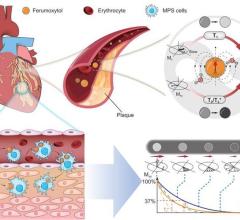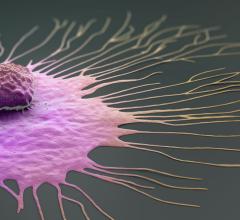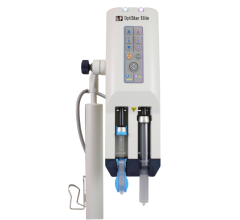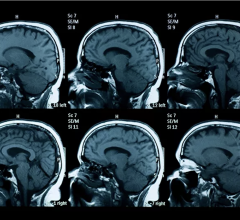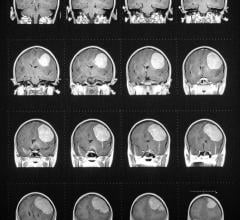July 3, 2007 – According to a new survey conducted by Applied Data Research has discovered that a new class of imaging agents can associate with highly specific markers on the surface of cells to provide unparalleled specificity, creating new opportunities for visualization, targeted drug delivery and mapping physiological changes over time.
The potential for molecular imaging is significant, but a number of challenging opportunities lay on the horizon for this promising technology. Unlike many other sectors of the healthcare industry where technology successes periodical occur that seem to propel the market forward, these opportunities are being driven by the migratory advances of academic, public (government) and commercial research programs. The few successful molecular imaging agents currently available have evolved from the research domain. The molecular imaging agent 18FDG was originally developed for research studies of glucose metabolism in the brain and heart muscle, and is now available in the U.S. and Europe for cancer imaging. SPECT and PET tracers have been developed to measure oxidative metabolism, fatty acid and amino acid metabolism, and pre- and post-synaptic receptor densities. The ability of these first-generation agents to improve diagnostic and treatment capabilities is now driving a directed effort to develop the next-generation of molecular agents.
These developments are examined in a new and comprehensive report - Molecular Imaging Agents: Evolving Capabilities, Emerging Opportunities. The report has been carefully researched and written to provide timely and insightful analysis of key factors and developments shaping this dynamic segment of the healthcare sector.
For more information: www.applieddata.org


 July 09, 2024
July 09, 2024 



